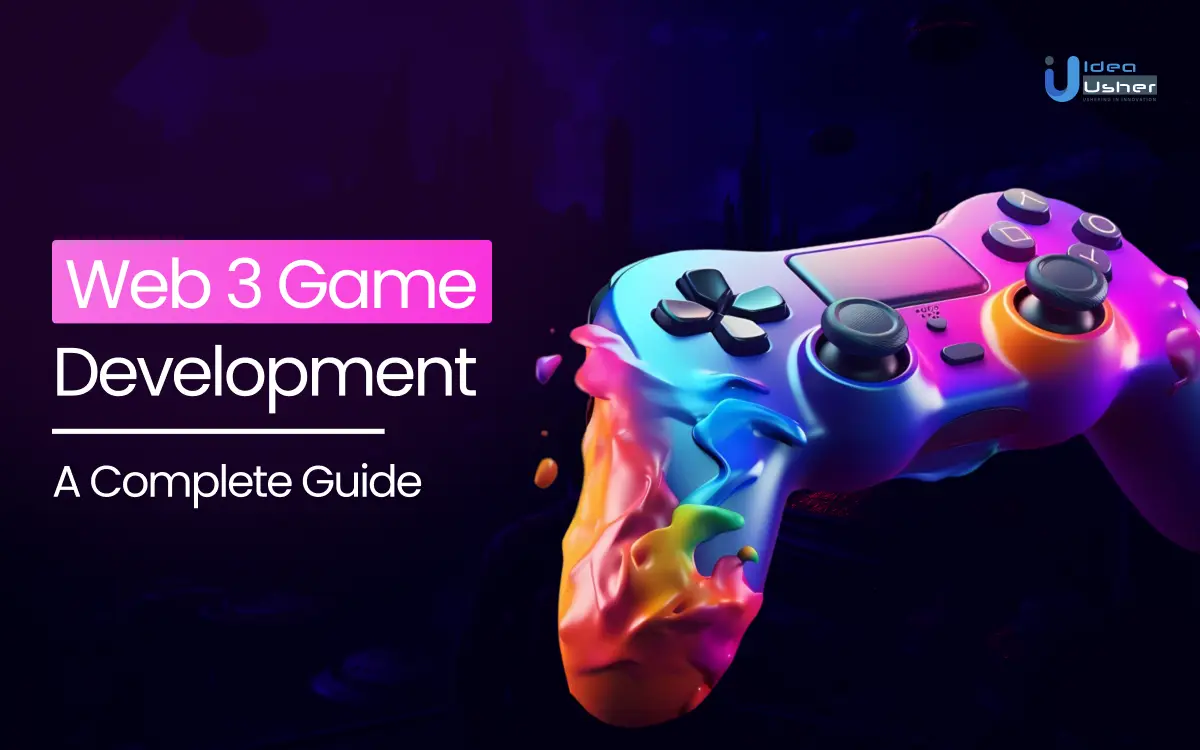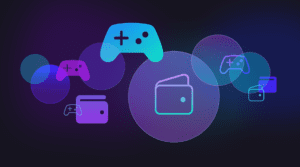
The gaming world is on the brink of a transformative revolution, as innovative technologies reshape the landscape of how we play, interact, and engage with digital worlds. At the heart of this transformation is Web3, a groundbreaking shift that promises to redefine next-generation gaming. With its decentralized approach, Web3 gaming is set to enhance player experiences, empower creators, and bring unprecedented innovation to the industry.
What is Web3 Gaming?
Web3 refers to the third generation of the internet, which aims to create a decentralized and user-centric digital ecosystem. In the context of gaming, Web3 integrates blockchain technology, smart contracts, and non-fungible tokens (NFTs) to provide players with true ownership of in-game assets, enhanced security, and new ways to monetize their skills and creations.
Key Features of Next-Generation Web3 Gaming
1. True Ownership and Interoperability
In traditional gaming, players often spend significant time and money acquiring in-game assets, but they have little control over them outside the game’s ecosystem. Web3 gaming changes this dynamic by enabling players to truly own their digital assets. Through NFTs, players can buy, sell, and trade their items across different games and platforms, fostering interoperability and creating a new digital economy.
2. Decentralized Game Development
Web3 encourages a decentralized approach to game development, allowing developers and creators to collaborate in open ecosystems. This model empowers indie developers by providing them with the tools and resources to build and launch games without the need for large publishers. Additionally, players can participate in game development by voting on updates and changes through decentralized governance models, ensuring that games evolve in line with community interests.
3. Play-to-Earn Models
Web3 gaming introduces play-to-earn models, where players can earn real-world value by participating in games. Through blockchain-based economies, players can earn cryptocurrency and NFTs by completing challenges, winning battles, or contributing to the game’s ecosystem. This innovative model provides players with new incentives and opportunities to turn their gaming skills into tangible rewards.
4. Enhanced Security and Transparency
Blockchain technology ensures that all transactions and interactions within Web3 games are secure and transparent. Smart contracts automate processes and reduce the risk of fraud, while decentralized networks protect against data breaches and server failures. Players can trust that their assets and data are safe, fostering a more secure and reliable gaming environment.
The Future of Gaming with Web3
As Web3 technology continues to evolve, the potential for next-generation gaming is boundless. We can expect more immersive experiences, where virtual and augmented realities blend seamlessly with blockchain-based ecosystems. Developers will harness AI and machine learning to create dynamic and responsive game worlds, further enhancing player engagement.
Moreover, the rise of the metaverse—a collective virtual shared space—will be fueled by Web3 technologies, allowing players to socialize, create, and trade in vast interconnected digital universes. This convergence of gaming, technology, and social interaction will redefine how we perceive and interact with digital worlds.
Is Web3 Gaming the Future?

As the digital world evolves, the gaming industry is constantly seeking ways to innovate and enhance the player experience. Web3 gaming, driven by next-generation technologies, is emerging as a potential game-changer in the industry. But is Web3 gaming truly the future? Let’s explore how this innovative technology is reshaping the gaming landscape and what it means for players, developers, and the industry as a whole.
The Rise of Web3 Gaming
Web3 gaming leverages blockchain technology to create decentralized gaming ecosystems. Unlike traditional gaming models, where control is centralized with game developers and publishers, Web3 empowers players with true ownership of in-game assets and greater control over their gaming experiences. This shift is facilitated by the use of blockchain, smart contracts, and non-fungible tokens (NFTs), enabling players to buy, sell, and trade digital assets across platforms and games.
Key Advantages of Web3 Gaming
1. Player Empowerment and Ownership
One of the most significant benefits of Web3 gaming is the empowerment it provides to players. By giving players true ownership of their digital assets through NFTs, they can control their investments and participate in a growing digital economy. This model allows players to monetize their skills and investments, creating new opportunities for income and engagement.
2. Decentralized Ecosystems
Web3 gaming fosters decentralized ecosystems where developers and players collaborate and co-create. This collaborative approach allows for more innovation and creativity, as developers can bypass traditional gatekeepers and bring their visions to life. Players can also contribute to game development through decentralized governance, influencing game updates and decisions.
3. Interoperability and Innovation
Web3 gaming introduces interoperability, allowing assets and data to move seamlessly between games and platforms. This creates a dynamic gaming experience where players can carry their assets and achievements across different games, enhancing engagement and providing new opportunities for innovation. Developers can experiment with new game mechanics and economies, pushing the boundaries of what’s possible in gaming.
4. Enhanced Security and Transparency
Blockchain technology ensures a high level of security and transparency in Web3 games. Smart contracts automate processes, reducing the risk of fraud and ensuring fair play. Decentralized networks protect against data breaches and server failures, providing players with a secure and trustworthy gaming environment.
Challenges and Considerations
While Web3 gaming offers numerous advantages, it also faces challenges. The technology is still in its early stages, and widespread adoption requires overcoming technical, regulatory, and user experience hurdles. Additionally, educating players and developers about the benefits and complexities of Web3 is crucial for its growth and acceptance.
The Future of Gaming with Web3
Despite these challenges, the potential of Web3 gaming is undeniable. As next-generation technologies continue to evolve, we can expect to see more immersive and interconnected gaming experiences. The integration of virtual and augmented realities with blockchain-based ecosystems will create new opportunities for social interaction and creativity, further blurring the lines between the digital and physical worlds.
The gaming industry is poised for a transformative shift, and Web3 gaming is at the forefront of this evolution. By embracing decentralized principles and innovative technologies, Web3 has the potential to redefine the gaming experience, making it more inclusive, rewarding, and player-centric.
Web3 is set to revolutionize the gaming industry, offering innovative technologies that empower players, creators, and developers. By embracing decentralized principles, next-generation gaming will unlock new possibilities and redefine the boundaries of what games can achieve. As we stand on the cusp of this exciting transformation, the future of gaming promises to be more immersive, inclusive, and rewarding than ever before.


